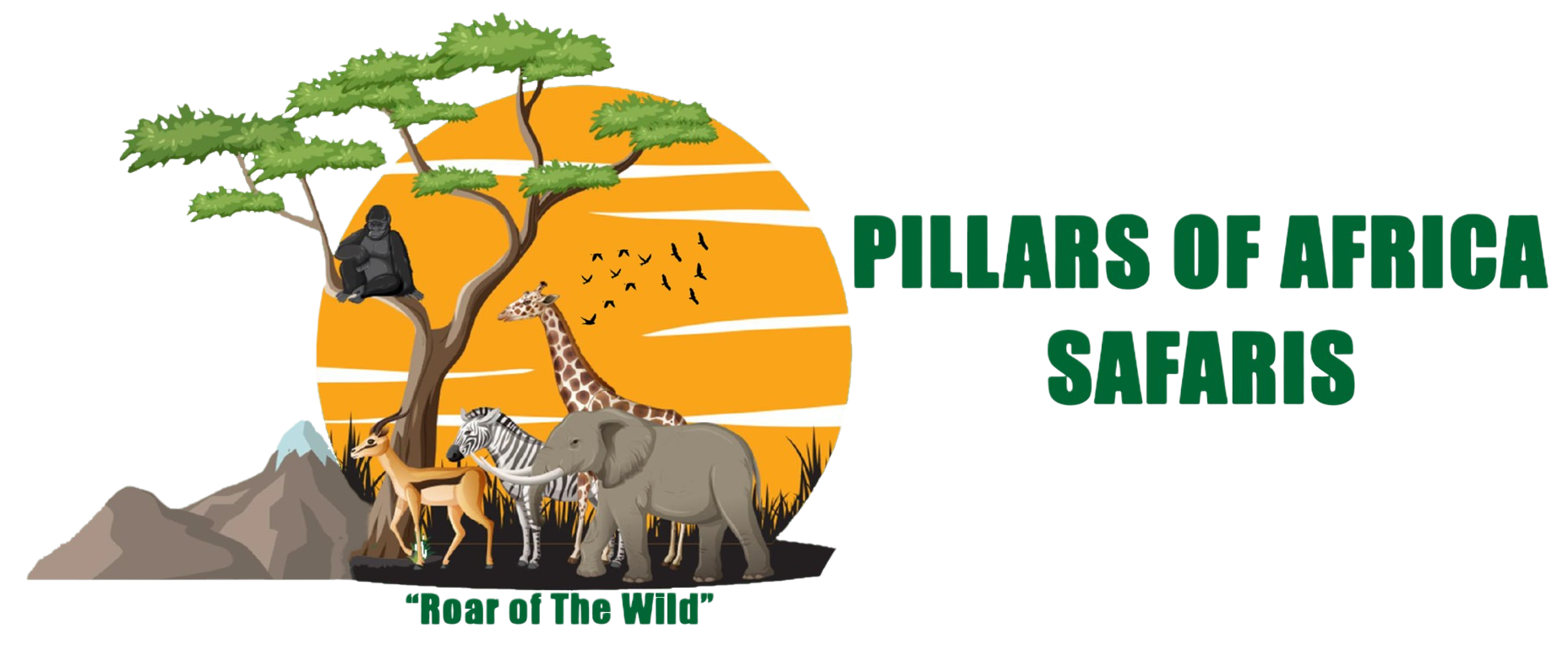Rhino Tracking in Uganda: A Unique Wildlife Adventure
Uganda, known as the “Pearl of Africa,” is renowned for its lush landscapes, rich biodiversity, and incredible wildlife experiences. Among its most thrilling activities for nature enthusiasts is Rhino Tracking, an adventure that combines excitement, education, and conservation awareness. This activity allows visitors to observe one of Africa’s most iconic and endangered species—the rhinoceros—in their natural habitats while contributing to their preservation.
The Significance of Rhino Conservation in Uganda
Rhinoceroses, once widespread across Africa, are now under severe threat due to poaching and habitat loss. Uganda has made significant strides in conserving these majestic creatures, particularly in areas like Ziwa Rhino Sanctuary. Established in 2005, Ziwa Rhino Sanctuary is the only place in Uganda where rhinos roam freely, offering a controlled yet natural environment for these animals. Rhino tracking here is not only an adventure for visitors but also an opportunity to support ongoing conservation efforts.
Conservation initiatives in Uganda focus on breeding, anti-poaching measures, and community engagement. By participating in a tracking experience, tourists play an essential role in supporting these initiatives financially and raising global awareness about the importance of protecting rhinos.
![]()
Where to Experience Rhino Tracking in Uganda
The prime location for Rhino Tracking in Uganda is the Ziwa Rhino Sanctuary, located approximately 200 kilometers north of Kampala, in Nakasongola District. Spread across 70 square kilometers, the sanctuary provides a safe habitat for both black and white rhinos.
Visitors are guided by experienced rangers who possess extensive knowledge of rhino behavior, tracking techniques, and the sanctuary’s ecology. These guides ensure that the experience is both safe and informative, allowing tourists to get close to rhinos without disturbing their natural behavior.
The sanctuary is divided into different zones, with each zone offering unique opportunities to observe wildlife. In addition to rhinos, visitors may also encounter antelopes, zebras, and a variety of bird species, making the experience a comprehensive wildlife adventure.
What to Expect During a Rhino Tracking Experience
A typical Rhino Tracking expedition begins early in the morning when rhinos are most active. Visitors are briefed on safety guidelines and tracking techniques before setting out on foot with their guides. Walking quietly through the bush, participants learn how to read rhino tracks, identify feeding signs, and observe subtle behaviors that indicate the animal’s presence.
The guides share fascinating insights into rhino social structures, dietary habits, and conservation challenges. This interactive experience allows participants to connect with nature on a deeper level, fostering a sense of appreciation and responsibility for wildlife conservation.
Tracking rhinos requires patience and respect for the animals. Observing a rhino in the wild is an awe-inspiring moment, as these massive creatures move gracefully through their habitat, largely unaware of the human observers nearby. The experience is a perfect blend of adventure, education, and photography opportunities.
Best Time for Rhino Tracking in Uganda
The optimal time for Rhino Tracking in Uganda is during the dry seasons, typically from December to February and June to August. During these periods, the vegetation is less dense, making it easier to spot and track the rhinos. Additionally, animals tend to be more active during the cooler mornings, providing better chances for sightings.
While the dry season is ideal, each season offers a unique perspective on wildlife. The wet season, for instance, transforms the sanctuary into a vibrant landscape with lush greenery and thriving birdlife, enhancing the overall safari experience.
Preparing for Your Rhino Tracking Adventure
Preparation is key to making the most of a Rhino Tracking experience. Visitors are advised to wear neutral-colored clothing to blend with the environment, sturdy walking shoes, and sun protection such as hats and sunscreen. Binoculars and cameras are essential for capturing distant wildlife moments without disturbing the animals.
Guides provide safety instructions, emphasizing the importance of keeping a safe distance from the rhinos. Although these animals are generally non-aggressive when unthreatened, it is crucial to respect their space to ensure both visitor and animal safety.
For a complete experience, visitors can combine Rhino Tracking with other activities offered at Ziwa Rhino Sanctuary, such as guided nature walks, bird watching, and night safaris. These complementary activities provide a fuller appreciation of Uganda’s biodiversity.
The Role of Rhino Tracking in Eco-Tourism
Rhino Tracking in Uganda represents more than just a safari activity; it is a vital component of eco-tourism. Eco-tourism initiatives emphasize sustainable travel that supports conservation and local communities. By participating in rhino tracking tours, tourists contribute directly to the funding of conservation programs, anti-poaching efforts, and local community development projects.
Moreover, these experiences educate visitors about the ecological importance of rhinos, highlighting their role in maintaining balanced ecosystems. Through responsible tourism, Uganda ensures that wildlife and nature can thrive alongside human development.
Tips for a Memorable Rhino Tracking Experience
-
Book Through Authorized Operators: Ensure your tracking tour is arranged through reputable guides who prioritize safety and conservation.
-
Start Early: Morning tracking increases the likelihood of sightings when rhinos are most active.
-
Bring Essentials: Water, snacks, binoculars, and a camera enhance the experience.
-
Respect Wildlife: Maintain a safe distance, avoid loud noises, and follow guide instructions.
-
Stay Patient: Tracking requires observation and patience; enjoy the journey, not just the destination.
Rhino Tracking as an Educational Experience
Beyond adventure, Rhino Tracking serves as a powerful educational tool. Schools, universities, and wildlife enthusiasts can benefit from firsthand exposure to rhino conservation efforts. Observing rhinos in their natural habitat provides lessons in animal behavior, ecology, and environmental stewardship.
Many visitors leave the sanctuary inspired to support conservation through donations, volunteering, or advocacy. The experience fosters a sense of connection between humans and wildlife, emphasizing that every individual can make a positive impact on the survival of endangered species.
Uganda’s Rhino Tracking offers an unforgettable wildlife adventure that combines thrill, education, and conservation. It is a rare opportunity to witness one of Africa’s most magnificent and endangered creatures up close while supporting their survival for future generations. By visiting Ziwa Rhino Sanctuary and engaging in rhino tracking, travelers contribute to Uganda’s growing reputation as a leader in wildlife conservation and eco-tourism.
For anyone seeking an immersive, responsible, and awe-inspiring safari experience, Rhino Tracking in Uganda is an unparalleled choice. From learning about conservation to observing rhinos in their natural habitat, this activity leaves a lasting impression, ensuring that the wonders of Uganda’s wildlife are appreciated and preserved for years to come.

